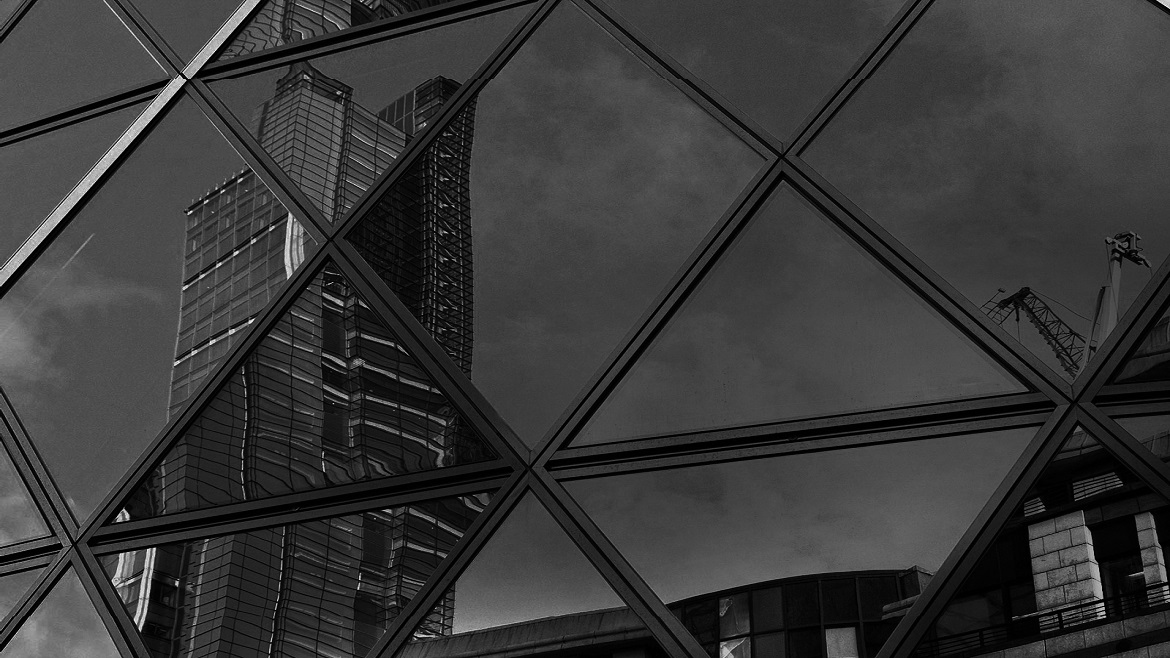The World Health Organisation recommends 9 sq meters of green space per inhabitant, yet the average person in Chile has just 4.4 sq meters of green space. Martín Andrade, co‑founder of Fundación Mi Parque and national coordinator of urban parks in Chile, explains how public green areas can improve the lives of poor families.
In 2010, the Chilean Ministry of Housing and Urbanism carried out a survey on the quality of urban life. When asked about the biggest problems in their neighbourhood, respondents cited the lack of green areas as one of the main issues.
This is a shame. When searching for information about the importance and impact of green areas in cities, it is easy to find evidence for how they benefit the environment, how they help to decrease crime, and how they increase property values and social integration. However, very little is said about the less obvious, yet equally important, benefits of green areas: giving citizens a sense of pride and belonging.
Outside observers may wonder why citizens do not take matters into their own hands, for example by raising funds to improve their surroundings or helping with the cleaning of their area. To better understand this problem, Mi Parque (a non-governmental organisation dedicated to improving the lives of poor families by increasing access to green spaces) embarked on a photo-ethnographic project in which people were given cameras and notebooks to explain how they felt about their neighbourhood. Comments included “I do not feel part of the society” or “I feel ashamed about the place where I live”.
The challenge for urban policymakers wanting to improve the lot of their citizens is not, therefore, to simply create more green areas, but to find ways of empowering communities to take ownership of that space. That’s why, rather than taking a top-down approach to landscape planning, Mi Parque focuses on involving families and communities at the earliest stage of a new project. Our belief is that the community must be the principle actor throughout the design, construction and maintenance of the project. To date, Mi Parque has collaborated with 92 businesses on the implementation of 185 projects, assembling 19,735 volunteers and benefiting over 310,000 citizens.

Our sense is that our more bottom-up approach is producing results. Indeed, we recently partnered with researchers from J-PAL and the IM Trust Foundation, to measure the social effects of 30 green areas that were developed in the Chilean capital, Santiago, in collaboration with citizens, and comparing them with 30 other areas that were not subject to any intervention. The research is ongoing, but initial results show a perceptible increase in the pride and sense of belonging related to specific neighbourhoods. My hope is that our experience will help shape public policy and lead to more projects in this field.
This blog is part of a series managed by The Economist Intelligence Unit for AkzoNobel.
The views and opinions expressed in this article are those of the authors and do not necessarily reflect the views of The Economist Intelligence Unit Limited (EIU) or any other member of The Economist Group. The Economist Group (including the EIU) cannot accept any responsibility or liability for reliance by any person on this article or any of the information, opinions or conclusions set out in the article.







